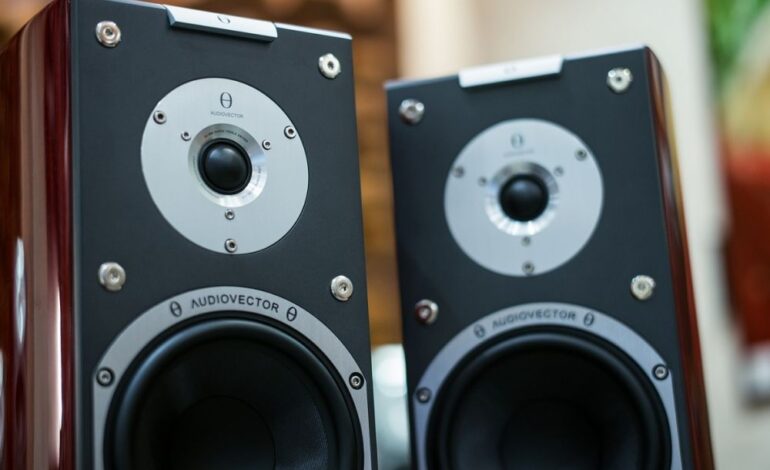4 Most Important Differences Between Traditional Retirement Account And The SIDRA Account

A big benefit of earning money is being able to save some of it for when you retire. After all, given that you will no longer have a source of income at some point in your life, your retirement fund will become an all-important part of your life.
One of the most popular ways to save money is through an Individual Retirement Account (IRA). These investment accounts not only allow you to save money but they also provide you with tax benefits. Additionally, depending on the type of IRA you choose to invest in, you may also be able to access various investment options that your workplace retirement plan may not permit you to invest in.
Types of IRAs
While there are numerous IRA options, there are four that rank among the most popular. These are:
- Traditional: The most popular option, this provides you with an upfront tax break (valued at $6000 in 2021) as well as potential additional deductions, depending on your income. Investment returns and earnings are not taxed as long as you do not withdraw them.
- Roth IRA: Unlike traditional IRAs, contributions to Roth IRAs are not tax-deductible. However, withdrawals are tax-free, and investment gains are not taxed. Keep in mind that there is a maximum annual contribution amount ($6000-$7000 at the moment, depending on your age), and eligibility for this type of IRA is dependent on your current income.
- Simplified Employee Pension (SEP) IRA: Similar to traditional IRAs, these are funded by employers for their employees, and they receive a tax break for doing so. Annual contribution limits for this account are higher than most other IRAs. These are popular among small business owners and self-employed individuals.
- Savings Incentive Match Plan for Employees Individual Retirement Accounts (SIMPLE) IRA: This is meant for small businesses with under 100 employees and self-employed people. Contributions are tax-deductible, and – unlike in SEP IRAs – employees can contribute to the account. However, contribution limits are lower than both SEP IRAs and 401(k)s.
What is a Self-Directed IRA?
A Self-Directed IRA (SDIRA) is differentiated from other IRAs in terms of the types of investments allowed. Most other IRA plans heavily limit investments to stocks, bonds, and mutual funds. SDIRAs, on the other hand, will enable you to also invest in other assets, including gold, real estate, and private companies.
However, the account must be handled by a trustee or custodian with experience in these types of investments. Additionally, there are still certain restrictions regarding investments, including life insurance, collectibles, and “self-dealing” transactions.
These accounts are ideal for experienced investors and people who have an idea of what non-traditional investments they would like to make. It is important to note that this type of IRA is significantly more complex to navigate than traditional and Roth IRAs and should not be chosen by investment newcomers.
It is important to opt for the type of IRA you’re most comfortable with at the onset. While it is possible to convert your IRAs, including turning a Roth IRA into a Self-Directed IRA, the process is complex and requires a significant amount of expert help. If you choose the right IRA type at the start of preparing for retirement, you won’t have to worry about this.
Differences Between Traditional Retirement Accounts (Traditional IRAs) and SDIRAs
You Control Investing Decisions
Traditional IRAs limit the types of assets you can invest in, and most (if not all) investing decisions are made by plan administrators. In an SDIRA, on the other hand, you manage both the account and the investment decisions. This allows you to invest in assets that you know can be lucrative but may not be offered in a traditional IRA.
Keep in mind that while this can seem like a benefit, it also means that you will need to research each investment you’re thinking of making, as well as its tax implications. If you’re not well versed in the investment market, an SDIRA can become a drawback instead of a positive when it comes to your retirement finances.
Different Custodians
All IRA accounts must be handled by a financial institution, which serves as a custodian or trustee for the account. Traditional IRAs are offered by most well-known institutions, including brokerages, investment companies, and banks.
However, as discussed, an SDIRA is managed by the account owner, not the trustee. Furthermore, trustees are prohibited from providing account owners with financial advice by IRS rules. The combination of these two factors means that traditional institutions like those mentioned above rarely offer SDIRA accounts. If you want to invest in one, you will have to approach a specialty custodian who concentrates on SDIRAs.
Different Assets
As discussed above, SDIRAs allow you to invest in a wide variety of assets that may not be available under other IRA plans, including traditional IRAs. This will enable you to diversify your investment portfolio much more than a traditional IRA would allow you to, which, in turn, enables you to mitigate the inherent risks associated with investing.
Furthermore, diversification means that there is a greater chance of your investments paying off – where one may perform poorly, another may be doing so well that it makes up for the poorly performing asset while being profitable. This allows you to stock up on more money for your retirement and – depending on how much you earn – may even allow you to retire earlier than you wanted to.
Account Maintenance Fees
Account maintenance fees are becoming more and more uncommon when it comes to IRAs. With traditional IRAs in particular, it is extremely rare to be charged this fee. When a fee is charged, however, it is relatively low and averages out to $25-$50 per year.
SDIRAs, on the other hand, do charge account maintenance fees. Furthermore, most fees can come up to a few hundred dollars a year, significantly higher than what you can expect to pay with traditional IRAs. Other standard fees associated with SDIRAs include setup and transaction fees, which means that this type of IRA can be costly unless properly budgeted for.

Choosing between traditional IRAs and SDIRAs depends on a lot of factors, particularly your own familiarity with the investment market. While SDIRAs can seem more lucrative, it’s essential that you honestly assess your own financial capabilities before opting for one.










